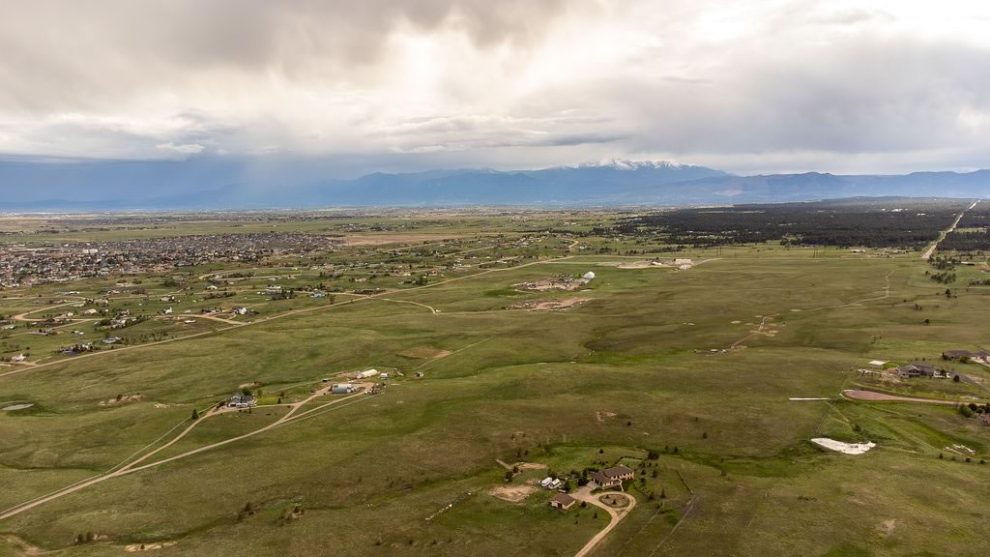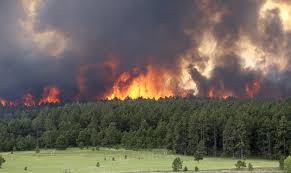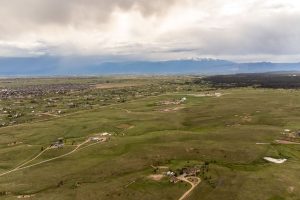Common sense water principles
By Terry Stokka
This month, I would like to examine several principles that our county commissioners should logically use to govern water use in the Denver Basin. If we are to protect and manage the available water under the ground, we must use logic and common sense to be sure it is managed correctly.
- Water is not a commodity like wheat or melons or hay: Many people, including some of our county commissioners, have stated on the record that water is a commodity that belongs to the people who own the water rights under a piece of property. While there is some truth to this, it would only be logical if an underground wall could be placed on the property boundaries so the water removed by the property owner was only the water under his property. Since this cannot be done, water must be treated differently than a commodity to be bought or sold. As it is, wells can be placed on the property boundary so half of the water pumped belongs to the neighboring owner.
- All wells, including commercial wells, should be sited well-away from property boundaries: Because we cannot put walls around underground water, wells should be sited at least 500 feet from property boundaries to insure that the water rights of neighboring properties are not harmed. Currently, commercial well sites are almost always on the property boundaries.
- The Dawson aquifer should only be used for private wells: The Black Forest alone has over 6,600 private wells and El Paso County has over 22,000 private wells, almost all in the Dawson aquifer. Drilling deeper wells is cost prohibitive for a private landowner and should be required for commercial operations. Most commercial wells are not in the Dawson, but many large, commercial operations have huge water rights in the Dawson.
- In water determinations, the state of Colorado takes the data from their water model to conclude if there is enough water to support the development: In making a water determination the state looks at their water model from 1985 to determine the thickness of the aquifer for each case. Then, using standard assumptions, they determine how much water “should” be in that thickness and area. They do not make a determination whether the proposed use for that water is the best for that location.
- Colorado says it is up to the county to approve or disapprove a development based on water issues: The Colorado State Division of Water Resources has stated on the record that the county commissioners will make the final determination if a proposed water use is the best for each situation.
- All urban density developments should be required to use renewable water only: With the Denver Basin being a non-renewable basin, there is only a finite amount of water available. The Black Forest currently has about 6,600 private wells. Planned residential developments between the southern tree line and Woodmen Road propose to add more than 10,000 new residences, all using Denver Basin water pumped from the Hodgen Road area. There must be a limit on how much development is permitted to use groundwater because if the Dawson decreases, thousands of people will be in serious trouble without their private wells.
- Only 60% of the water in the aquifer is economically recoverable: The Colorado determination of water availability is the total water in that aquifer under that parcel. They don’t take into account that 40% of the water is not economically available. Residential metro district officials have stated that some wells that originally produced 100 gallons per minute are now only producing 40 gallons per minute. At some point, new wells must be drilled to provide enough water for the residents.
- Paper water does not equal real water: This last principle sums up the whole issue to say that no one knows exactly how much water is in the Denver Basin. The state assumes that for each cubic foot of soil, one-fifth of it is water. While there might even be more water in sandy soil, much of the soil under us is clay, gravel, and different types of sandstone that are not permeable and do not hold water. Thus, each cubic foot of soil may contain less water than assumed. In addition, studies indicate that the water in the Denver Basin is contained in pockets between the layers of clay, gravel and sandstone; and drilling may not hit a pocket containing enough water to be economically feasible.






